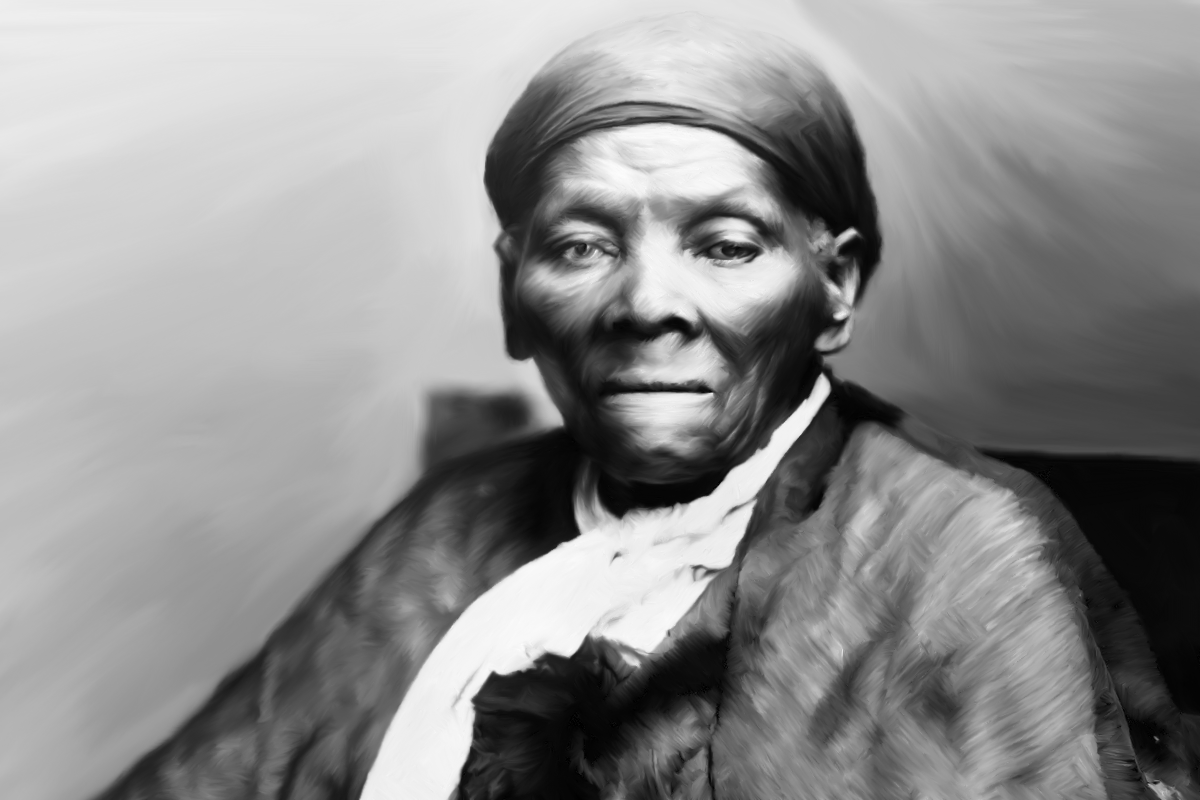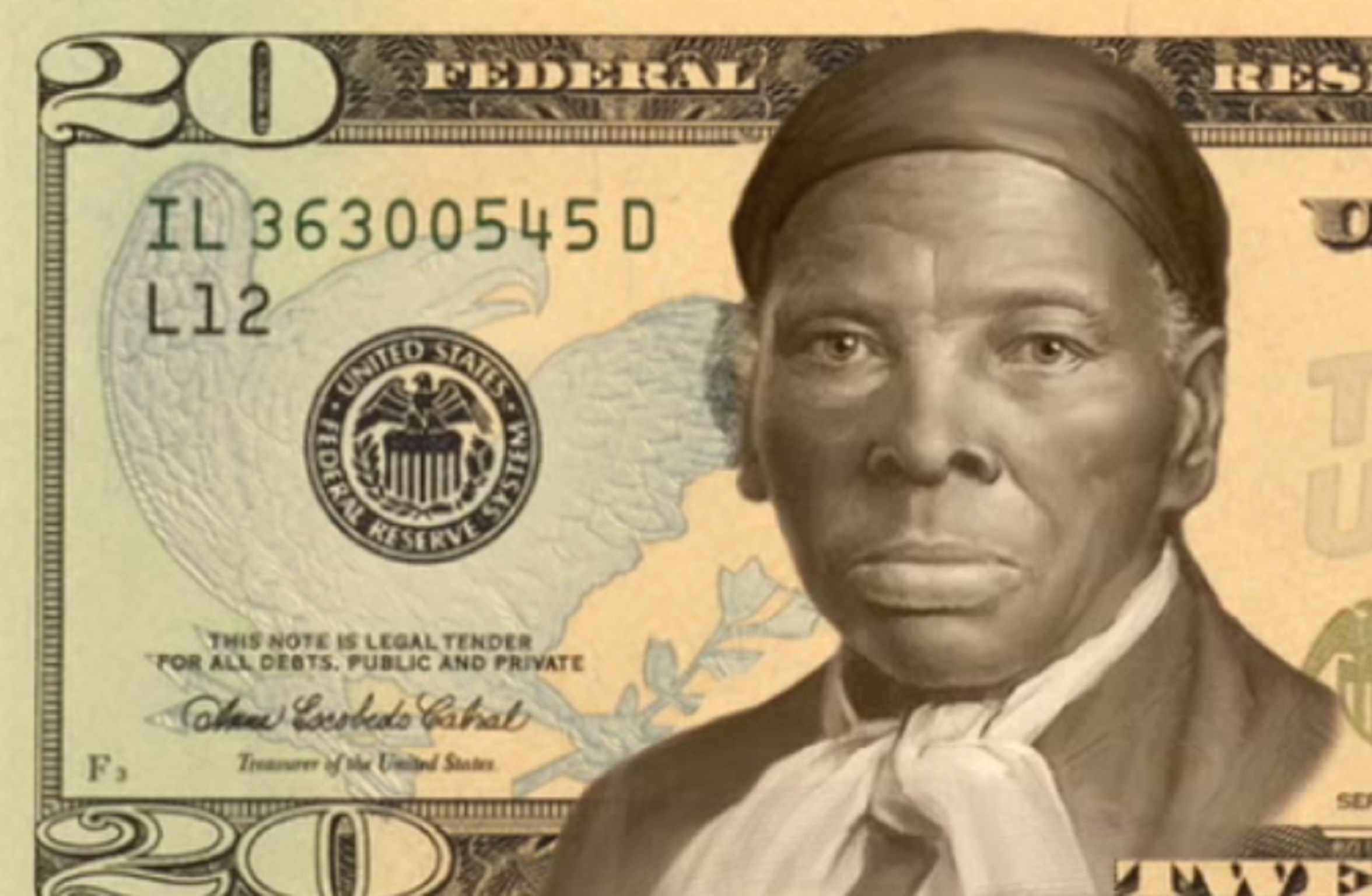WASHINGTON, DC, USA – Harriet Tubman, the iconic abolitionist and leader of the Underground Railroad, will make history as the first Black woman to appear on U.S. currency.
The U.S. Treasury Department announced Wednesday that Tubman will replace President Andrew Jackson on the front of the $20 bill, a decision widely hailed as a milestone in recognising the contributions of Black women to American history.
Alexander Hamilton, the nation’s first Secretary of the Treasury, will remain on the front of the $10 bill.
The decision to feature Tubman on the $20 bill has been celebrated as a significant step toward honouring the legacy of individuals who have fought for justice and freedom.
Tubman’s courageous efforts to lead enslaved people to freedom via the Underground Railroad cemented her place as one of the most revered figures in American history.
The redesigns are set to be unveiled in 2020 to coincide with the 100th anniversary of the 19th Amendment, which granted women the right to vote, and will be introduced into circulation as quickly as possible thereafter.
Honouring Suffragists on the $10 Bill
The redesign of U.S. currency also includes changes to the $10 bill, where suffragists who fought for women’s right to vote—such as Lucretia Mott, Sojourner Truth, Susan B. Anthony, Elizabeth Cady Stanton, and Alice Paul—will be featured on its reverse side.
The women heroes will be replacing the image of the Treasury building.
Treasury Secretary Jack Lew emphasised the importance of the change.
“This is about saying that our money is going to tell a much bigger part of our story,” Lew told NBC News.
The front of the new $20 will bear the portrait of Harriet Tubman, whose life was dedicated to fighting for liberty. pic.twitter.com/8lAEkoD78p
— Treasury Department (@USTreasury) April 20, 2016
Harriet Tubman on the $20 Bill
Tubman, known for her courageous efforts to lead enslaved people to freedom via the Underground Railroad, will take the place of Andrew Jackson, the nation’s seventh president.
The move has been widely applauded as a step toward recognising the contributions of African Americans in shaping the nation.
Lew said the decision to feature Tubman on the $20 bill came after extensive public consultation, noting that many Americans felt it was important to place a woman on a more widely used denomination.
“There was a sense that’s the bill that people use the most,” Lew said. “If we’re really going to put a woman on a bill that people see as being an important statement, it should be the $20.”
Redesigns for the $5 Bill
The $5 bill will also see significant updates, highlighting historic events that occurred at the Lincoln Memorial.
These include First Lady Eleanor Roosevelt’s invitation to Marian Anderson to perform on the steps of the monument when concert halls in Washington, D.C., were segregated, as well as Martin Luther King Jr.’s iconic “I Have a Dream” speech delivered from the same location.
A Milestone for Representation
The new designs are set to be unveiled in 2020 to coincide with the 100th anniversary of the 19th Amendment, which granted women the right to vote.
The Treasury Department aims to circulate the new bills as quickly as possible thereafter.
The decision follows years of advocacy to increase representation of women and people of colour on U.S. currency.
It also resolves debates about preserving Alexander Hamilton’s legacy, particularly in light of his resurgence in popularity due to the hit Broadway musical Hamilton.
“We heard a lot of commentary that a woman should be on the $20, not the $10,” Lew said, acknowledging public sentiment while reaffirming Hamilton’s integral role in American history.
Public Reaction
The announcement has been met with widespread approval, with many praising the recognition of suffragists and Tubman as long overdue.
Critics of Jackson’s presence on the $20 bill, due to his policies toward Native Americans, have welcomed his replacement.
The redesigned currency marks a historic shift in the stories depicted on U.S. money, celebrating the contributions of those who have fought for freedom, equality, and justice throughout the nation’s history.








